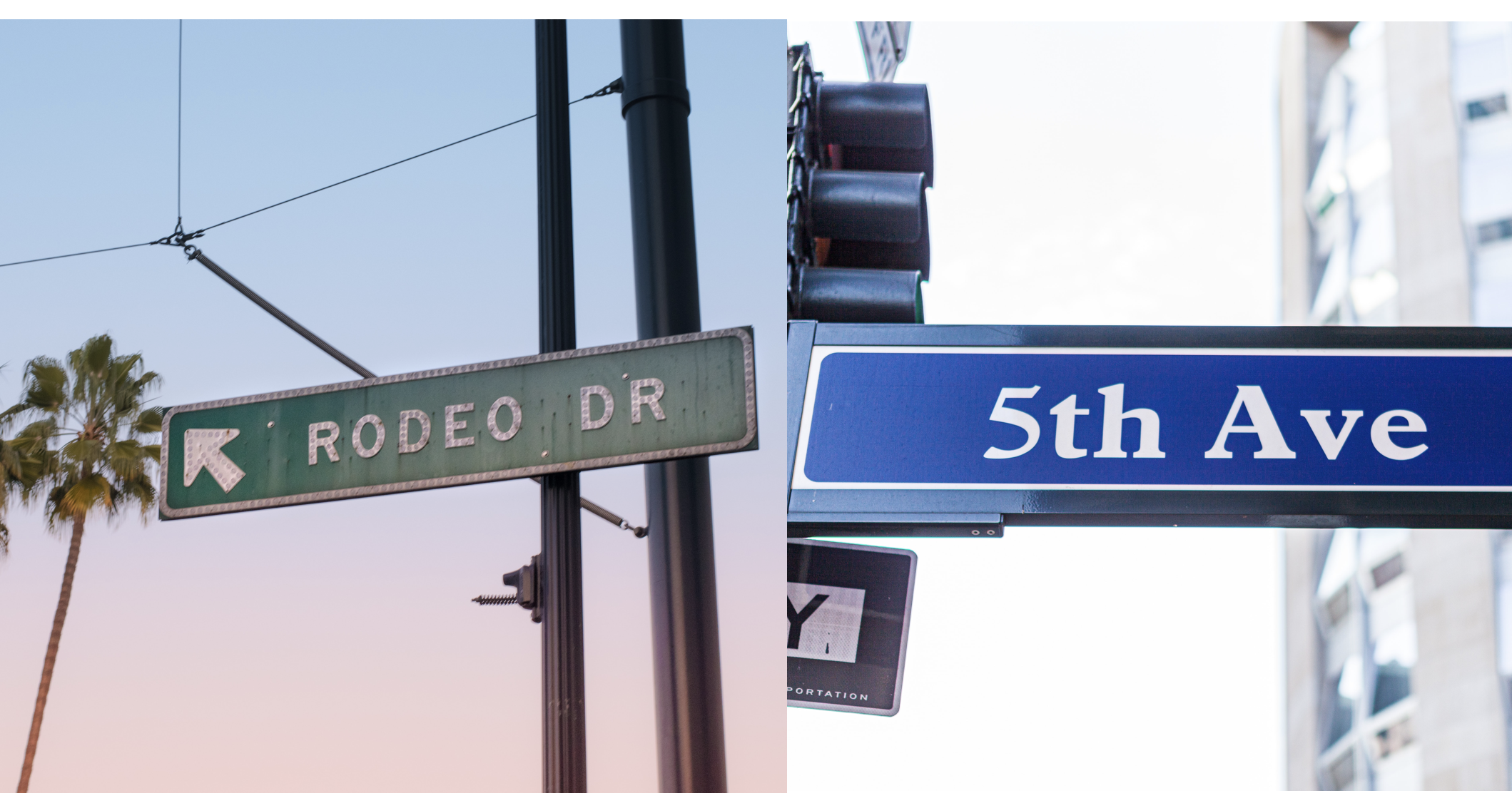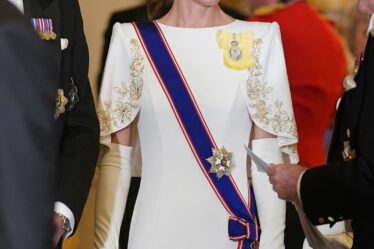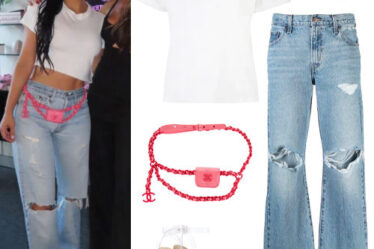
US luxury sales have continued to slide from their post-pandemic peak, credit card data from Citi suggests.
Luxury spending was 15 percent lower year-on-year in February, following a 19 percent drop for January according to a panel of more than 10 million US cardholders, the bank’s analysts said.
American customers were the driving force for a post-pandemic boom in high-end fashion sales amid surging equity prices, economic stimulus and restrictions on other spending categories like restaurants and travel. But since late 2022 forces including slowing growth, rapid inflation and the return of travel and experiences have all taken the wind out of US luxury’s sails.
”These figures suggest the high-end US consumer remains fragile, having reconnected over the past year with the economic cycle, particularly lower-income consumers whose excess savings have eroded with inflation, rising jobless claims and credit card delinquencies,” Citi analyst Thomas Chauvet wrote in a note.
Hefty price hikes to products popular among aspirational clients could exacerbate the challenge, Chauvet added.”Since the [third quarter of 2022], most luxury companies have highlighted demand weakness in entry-level categories usually targeting aspirational consumers, with sharp multi-year price increases posing a risk to future volume growth.”
Listed luxury companies who are the most exposed to US consumers include LVMH, Watches of Switzerland, Brunello Cucinelli, Pandora and Ferragamo, while the least exposed companies are Prada, Hugo Boss, Swatch, Moncler and Tod’s, Citi said.



